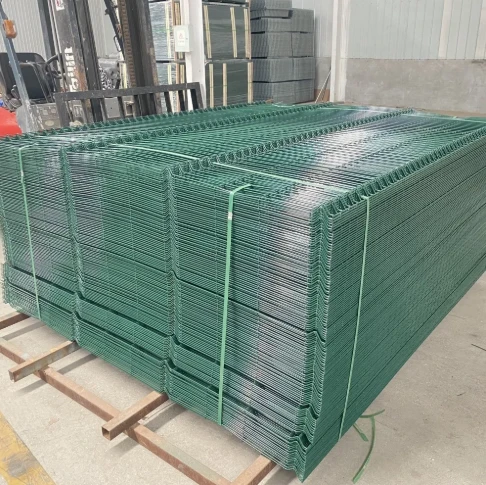The Evolution of Steel Grating Companies A Comprehensive Overview
Steel grating has become an indispensable component in various industries, ranging from construction to manufacturing, due to its durability, strength, and versatility. The evolution of steel grating companies over the years has played a pivotal role in the advancement of modern infrastructure and industrial applications. In this article, we'll explore the history, benefits, applications, and future trends of steel grating companies.
The Historical Context
The origins of steel grating can be traced back to the early 20th century when the need for stronger and more durable flooring solutions became apparent. Initially, grating was made from wood or cast iron, but these materials often succumbed to corrosion, decay, and wear over time. Steel quickly emerged as a superior alternative, offering resistance to harsh environmental conditions and heavy loads. As industrialization progressed, the demand for safe and efficient solutions led to the establishment of specialized steel grating companies.
The Versatility of Steel Grating
Today, steel grating can be found in numerous applications due to its diverse range of benefits. Steel grating is primarily used in industrial settings for walkways, platforms, and stair treads, providing a safe surface for workers and machinery. The design of steel grating allows for excellent drainage and ventilation, which is crucial in environments prone to spills or moisture buildup.
Additionally, steel grating has significant applications in infrastructure projects such as bridges, tunnels, and parking structures. Its ability to endure heavy loads and resist environmental wear makes it a preferred choice for these critical structures. Steel grating companies also offer custom solutions, enabling clients to specify sizes and styles that cater to their unique needs.
Advantages of Steel Grating
The benefits of steel grating are manifold. Firstly, it is available in different materials, including galvanized steel, stainless steel, and aluminum, each offering varying levels of resistance to corrosion and weight considerations. Galvanized steel grating, for example, is coated with a zinc layer that protects from rust, making it ideal for outdoor applications and environments susceptible to moisture.
steel grating company
Secondly, steel grating is lightweight yet incredibly strong. Its open design allows for high load-bearing capacity without the excessive use of material. This efficiency contributes to lower manufacturing and shipping costs, making steel grating economically advantageous for many businesses.
Moreover, safety is a major consideration in industrial settings, and steel grating excels in this aspect. The surface of steel grating provides excellent traction, minimizing the risk of slips and falls, which is crucial for worker safety. Some companies even produce anti-slip grating options, further enhancing workplace safety.
Future Trends in Steel Grating
As technology advances, steel grating companies are innovating to meet changing market demands. One prominent trend is the integration of sustainable practices within production processes. Many companies are now focusing on recycling scrap metals and utilizing eco-friendly coatings to reduce their environmental footprint.
Additionally, the advent of smart manufacturing technologies is set to revolutionize the steel grating industry. Companies are increasingly employing automation and artificial intelligence in their production lines to improve efficiency and precision. These technologies not only enhance productivity but also enable the customization of grating solutions to better serve client needs.
Furthermore, the rise of the construction industry in developing economies has led to increased demand for steel grating solutions. As urbanization continues to expand globally, steel grating companies are ramping up their production capabilities to meet this demand while maintaining high-quality standards.
Conclusion
The steel grating industry continues to evolve as steel grating companies adapt to changing market demands and technological advancements. With their significant contributions to safety, efficiency, and sustainability, these companies are not only enhancing industrial applications but also paving the way for a safer and more sustainable future. The journey of steel grating from its inception to its current prominence underscores the importance of innovation and adaptability in meeting the challenges of modern infrastructure needs. As we look ahead, the steel grating industry shows no signs of slowing down, promising a future filled with possibilities for growth and advancement.























